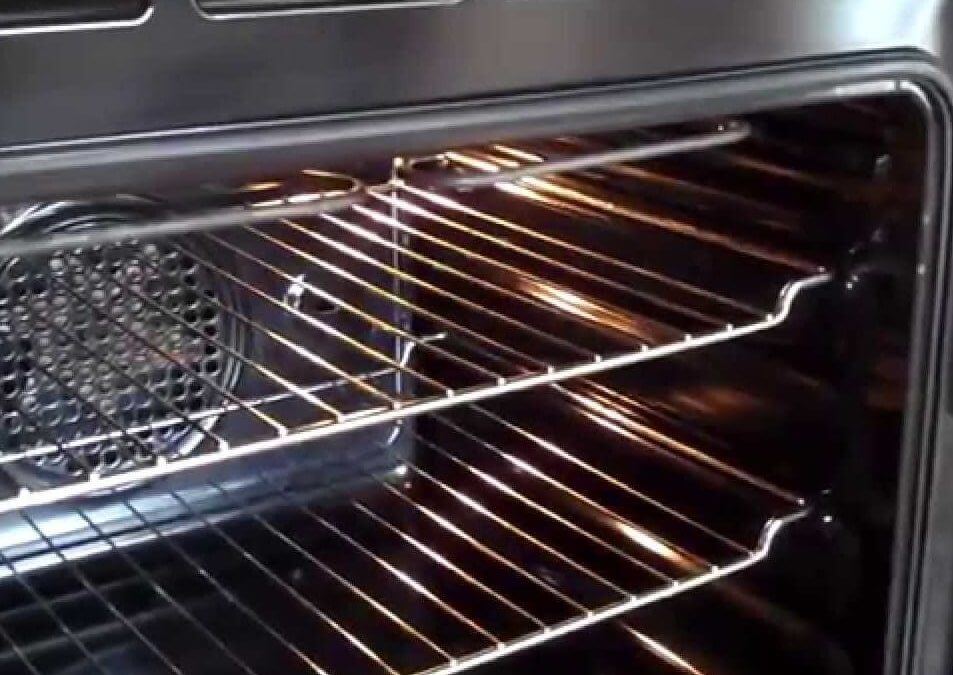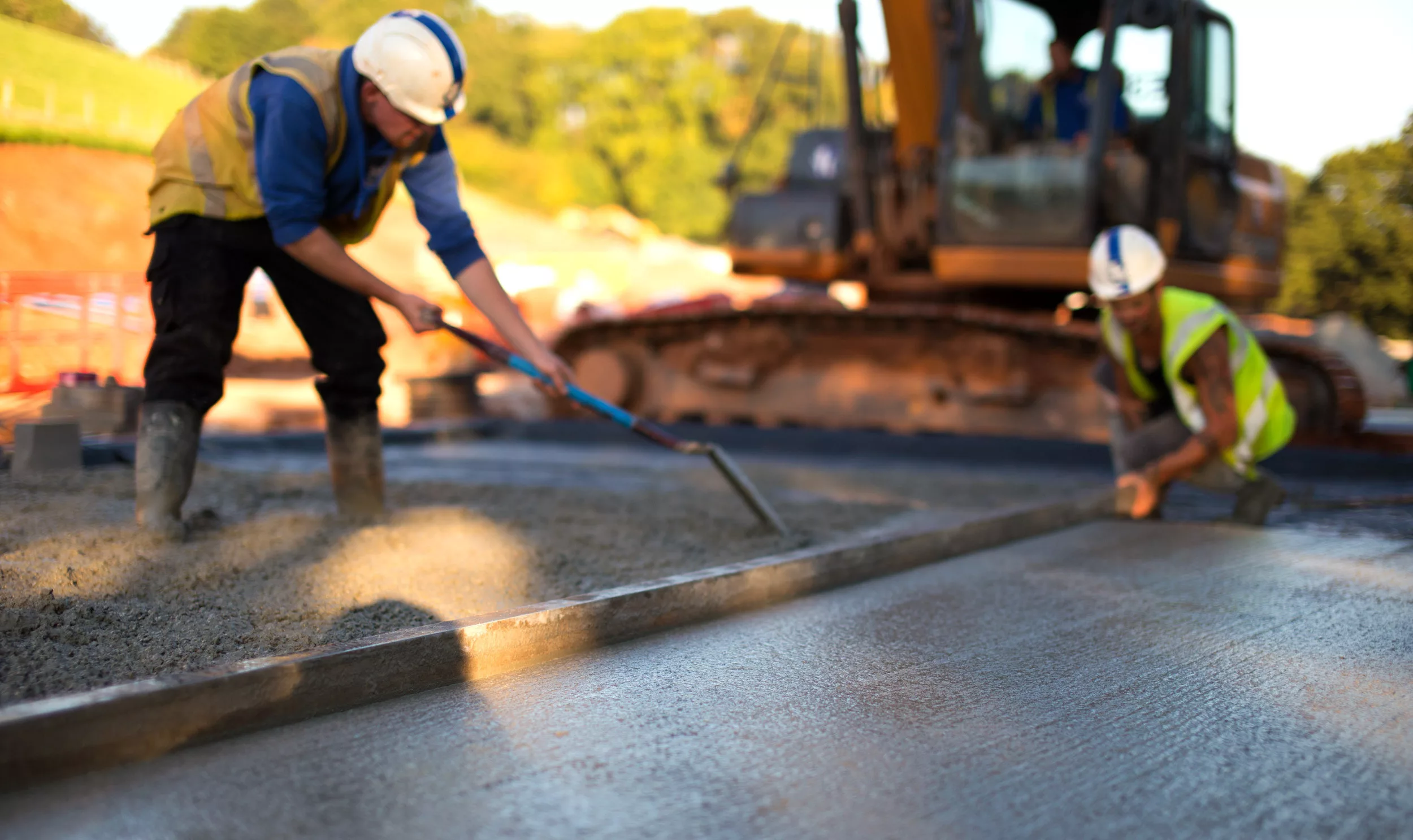
Vacuum ovens have become an indispensable tool for various industries, from scientific research to culinary arts.
These specialized ovens are designed to create a vacuum environment, enabling precise control over temperature and pressure.
Whether you’re using a vacuum oven for laboratory experiments or culinary creations, it’s vital to maintain and clean it regularly.
In this article, we will delve into the world of vacuum ovens, exploring the best practices for their maintenance and cleaning. So, let’s roll up our sleeves and unlock the secrets to keeping your vacuum oven performing at its best!
The Importance of Maintenance and Cleaning
Before we dive into the nitty-gritty of vacuum oven maintenance, let’s understand why it matters. A well-maintained and clean vacuum oven offers numerous benefits, including:
Longevity
Regular maintenance ensures that all components of your vacuum oven are working smoothly, preventing unnecessary wear and tear. This extends the lifespan of your oven, saving you money in the long run.
Consistent Results
A clean oven guarantees accurate temperature control and uniform heat distribution, leading to consistent and reliable results in your experiments or cooking endeavors.
Cross-Contamination Prevention
Proper cleaning protocols help eliminate any residue or contaminants from previous experiments, preventing cross-contamination between different samples or batches.
The Cleaning Process
Keeping your vacuum oven in pristine condition requires a systematic approach.
Here’s a step-by-step guide to effectively clean your oven:
Ensure Safety First
Before diving into any cleaning task, prioritize your safety. Make sure the oven is unplugged and cooled down completely to avoid any accidental burns or electric shocks.
Remove and Clean Racks and Shelves
Start by removing the racks and shelves from the oven.
This allows you to access every nook and cranny more easily for a thorough cleaning.
Use warm, soapy water and a non-abrasive scrub brush to clean the racks and shelves.
Rinse them well and let them air dry before placing them back inside the oven.
Clean the Interior
Next, focus on cleaning the interior of the oven.
Begin by removing any loose debris or residue using a soft, dry cloth or a vacuum cleaner with a brush attachment.
For stubborn stains or residue, create a mild cleaning solution using warm water and a mild detergent.
Gently scrub the interior surfaces with a soft sponge or cloth, being careful not to damage any heating elements or sensors.
Pay Attention to Gaskets and Seals
The gaskets and seals play a vital role in maintaining the vacuum and heat distribution within the oven.
Inspect these components for any signs of wear, tear, or damage.
Clean them using a damp cloth and mild detergent.
Avoid using harsh chemicals or abrasive materials that could deteriorate the gaskets’ integrity.
Clean the Window
If your vacuum oven has a window for observation, ensure it stays clean.
Use a gentle glass cleaner to wipe away any smudges or fingerprints.
Avoid using abrasive materials or cleaners that can scratch the glass surface.
Exterior Cleaning
Don’t forget to give the exterior of your vacuum oven some TLC.
Use a damp cloth and mild detergent to clean the outer surface, removing any stains or dust buildup.
Ensure the power cord and control panel remain dry while cleaning.
Final Check and Concluding Remarks
After completing the cleaning process, double-check that all the components are dry before placing them back inside the oven.
Make sure everything is properly reassembled and that the oven is ready for use.
Diverse Perspectives for an Equitable Approach
Taking a balanced approach, let’s explore different viewpoints on vacuum oven maintenance and cleaning. By considering these perspectives, you can make an informed decision about the best practices for your specific needs.
The Traditionalists
The traditional approach to vacuum oven maintenance involves adhering strictly to the manufacturer’s guidelines.
Traditionalists believe that following the prescribed cleaning techniques and maintenance schedule is paramount to ensuring optimal oven performance.
They advocate for regular inspection, replacement of worn-out parts, and meticulous adherence to the maintenance checklist.
Example: Ahmed, a research scientist, swears by the manufacturer’s guidelines for his Trident vacuum oven. He diligently follows the maintenance schedule, replacing components as recommended, and finds that his oven consistently delivers accurate results over time.
The Experimentalists
The experimentalists prefer a more flexible approach, often incorporating their customized cleaning techniques and maintenance routines.
They believe in adapting the process to suit their specific requirements, focusing on experimentation and innovation rather than rigid adherence to rules.
Example: Sarah, a professional chef, takes a unique approach to her vacuum oven maintenance.
She has experimented with different cleaning solutions and techniques, finding a combination that effectively removes tough stains without compromising the oven’s integrity.
Sarah’s innovative approach has not only achieved excellent cleaning results but also allowed her to discover new possibilities in her culinary creations.
The Efficiency Seekers
The efficiency seekers value time and cost-effectiveness.
They aim to find the most efficient cleaning and maintenance methods that deliver excellent results without excessive effort or expense.
This viewpoint encourages practicality and seeks to strike a balance in preserving the oven’s performance and maximizing productivity.
Example: Mark, a laboratory manager, focuses on optimizing cleaning processes for his vacuum oven.
By streamlining the cleaning routine and adopting efficient tools and cleaning solutions, he ensures minimal downtime while maintaining a clean and well-functioning oven.
Mark’s careful balance between productivity and maintenance has garnered praise from his team for achieving consistent results quickly.
Personal Perspective on Vacuum Oven Maintenance
As someone who has had the privilege of working with different oven models and brands,I firmly believe that there is no one-size-fits-all approach to vacuum oven maintenance.
Each oven is unique, with its own set of requirements and challenges. Regardless of the brand you choose, prioritizing cleanliness and regular maintenance will undoubtedly pay off in the long run.
One anecdote that comes to mind is when I neglected the maintenance of my first vacuum oven, assuming it would work flawlessly without any care.
Over time, I noticed inconsistencies in temperature control and uneven heat distribution. After a thorough cleaning and maintenance session, I witnessed a remarkable improvement in oven performance.
This experience taught me the significance of routine maintenance, ensuring a reliable and accurate oven for future experiments.
Conclusion
Understanding the importance of proper maintenance and cleaning is crucial to maximize the performance and lifespan of your vacuum oven.
By following the step-by-step cleaning process and considering different viewpoints, you can create a balanced and effective maintenance routine.
Remember to prioritize safety, follow the manufacturer’s guidelines as a foundation, and adapt the approach according to your specific needs.
With regular care and attention, your vacuum oven will consistently deliver outstanding results, whether you’re in a laboratory or a professional kitchen.
Key Takeaways
- Regular cleaning and maintenance are essential for the longevity of your vacuum oven.
- Follow a systematic cleaning process, paying attention to each component.
- Consider different perspectives and adapt the cleaning approach to suit your specific requirements.
- Prioritize safety during the cleaning process and follow the manufacturer’s guidelines as a foundation.
- Cleaning and maintenance enhance performance, consistency, and prevent cross-contamination.








